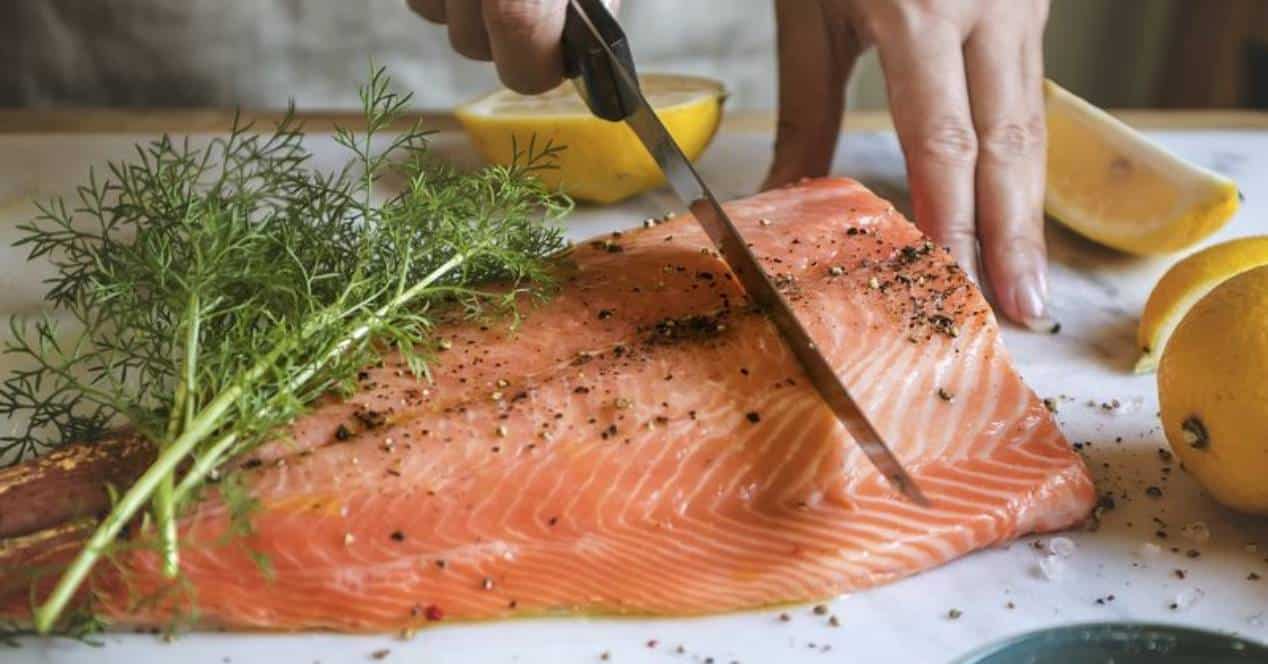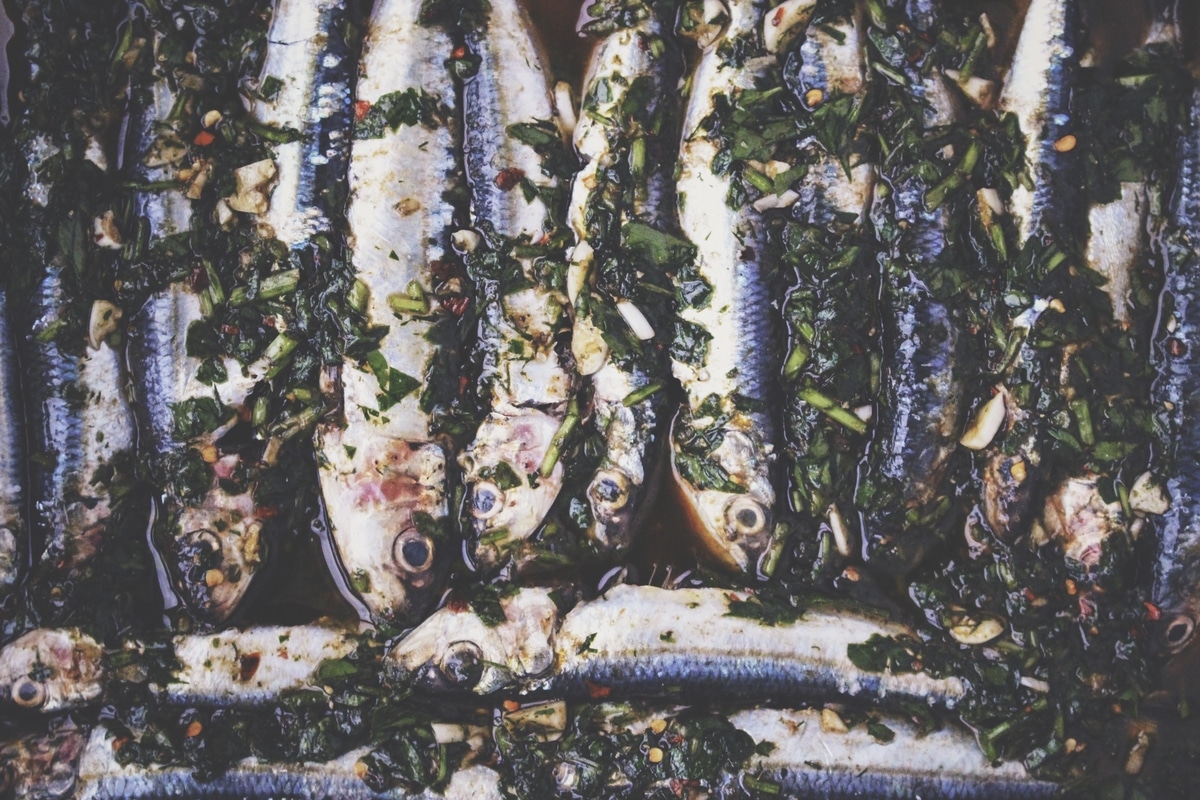
A healthy diet requires the presence of fish. Omega-3 fish have been shown to reduce the risk of heart disease, depression, dementia and arthritis, and improve overall happiness. But what are they?
Experts recommend an intake of at least 250 to 500 milligrams of Omega-3 EPA+DHA per day, which is equivalent to approximately two oily fish meals per week. The recommendations call for a variety of Omega-3 or fatty fish, but what does that mean?
What is considered a fatty fish?
Also called oily fish, fatty fish is the best source of two of the three most important Omega-3s (EPA and DHA). These fatty acids are considered good fats, as opposed to the bad saturated fats in meat.
They can provide tremendous benefits for heart, brain, lung, and circulation health. High doses can help slow the buildup of plaque in the arteries and reduce some types of fats in the blood. Lean fish, such as cod, have less fat in their tissues, so they contain less fatty acids.
Fattier fish are considered to have more than 5% fat. Fish with the highest amount of Omega-3s have a firmer texture, richer flavor, and deeper color. Plus, they're perfect for frying, grilling, poaching, baking, or even microwaving.

Fish rich in Omega-3
To take advantage of the daily doses of this fatty acid, it is interesting to know which are the fish with Omega-3.
Herring
Herring is usually pickled and served as an appetizer before meals, but these small fish can also be cooked on the grill, in the oven, or on the stove. Herring is a great source of protein, calcium, magnesium, potassium, niacin, vitamin B-12, and selenium.
A 100-gram serving of Atlantic herring (unpickled) has just 158 calories and provides 18 grams of protein (36% of the recommended daily value).
Salmon
Steaks and salmon fillets can be baked, broiled, sautéed, or poached. We can also enjoy a can of salmon to prepare salads or salmon sandwiches whenever we look for a nutritious meal. Along with Omega 3s, salmon is also rich in protein, magnesium, potassium, niacin, vitamin B-12, and vitamin A.
A 100-gram serving of wild salmon has 142 calories and offers 20 grams of protein.
Mackerel
Mackerel is usually smoked or canned, but fresh mackerel fillets can also be grilled or baked. To avoid mercury, it is recommended to choose Pacific mackerel. In addition to Omega-3 fatty acids, mackerel is high in vitamin B-12, niacin, selenium, magnesium, iron, and potassium, as well as a good amount of protein.
A 100-gram serving of mackerel has 161 calories and contains 25 grams of protein.
Sardines
Sardines are small, oily fish that are usually found in cans. They are usually served with crackers as an appetizer. Fresh sardines may be available at a fish market and can be grilled, fried, baked, or smoked. In addition to protein and healthy fats, sardines are high in vitamin D, niacin, and calcium.
A 100-gram can of sardines has 208 calories and provides an impressive 25 grams of protein and 353 milligrams of calcium.
Swordfish
Its meaty and soft meat is perfect for grilling. But swordfish eat smaller fish, so they pick up more mercury and other contaminants from their diet.
When we eat fish with high levels of methylmercury in its tissues, it can affect the brain and nervous system. It can be especially harmful to fetuses and babies. Children and pregnant or lactating women should avoid swordfish, along with shark, tilefish, king mackerel, and marlin.
ANCHOAS
Anchovies are found on pizzas or in Caesar salads. They are usually in the canned food aisle of supermarkets. Fresh anchovies can be grilled or used in recipes that call for sardines. We can also buy anchovy paste to add flavor and nutrition to sauces. Anchovies are rich in protein, calcium, potassium, selenium, vitamin B-12, and niacin.
Although we are unlikely to eat 100 grams of anchovies in one sitting, this amount contains 210 calories, 29 grams of protein, and 10 grams of unsaturated fat.
Trout
Trout is another mild white fish, so it's perfect for people who don't like the fishy taste of salmon or tuna. In addition to being high in Omega-3 fatty acids, trout is also a good source of protein, calcium, magnesium, and niacin.
A 100-gram serving of wild rainbow trout has 119 calories with 20 grams of protein and several B vitamins.
Tuna
Tuna is usually served as fillets or in cans. It can be prepared on the grill, in the oven or on the grill. We can also find canned tuna at our local supermarket. Sushi restaurants also serve a high-quality type of tuna known as Ahi Tuna. Pregnant women and anyone with a compromised immune system should avoid raw tuna, even if it's from a reputable restaurant.
Tuna is an excellent source of Omega-3 fatty acids, protein, magnesium, potassium, vitamin B-12, and niacin. 100 grams of white tuna canned in water has 130 calories, 28 grams of protein, and 2 to 3 grams of heart-healthy fats.